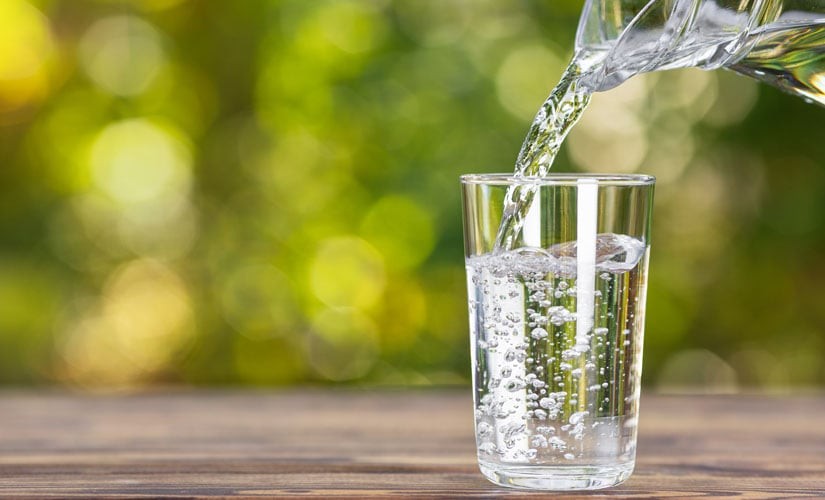
Recent news about the California water crisis and the Ogallala aquifer depletion is yet another wakeup call for us as consumers to consider the sustainability of our eating habits. According to the National Aeronautics and Space Administration (NASA), the groundwater at some of the world’s largest aquifers in the U.S. High Plains, California’s Central Valley, and elsewhere is being pumped out “at far greater rates than it can be naturally replenished.” In fact, a NASA scientist warns that California may have just one year's worth of water left. The majority of water use, however, is not the water wastage in our showers and green lawns, or even on golf courses -- it's on our plates.
The Ogallala aquifer underlying the Great Plains in eight states provides fresh water to nearly one-fifth of the wheat, corn, cotton and cattle produced in the United States. Most of the wheat and corn grown is turned around to feed the cattle. Similarly in California, agriculture accounts for 80 percent of water consumption and the vast majority of that is used for animal agriculture and feed crop production. Nationwide, between 80 and 90 percent of the fresh water used in the U.S. is for agriculture, with at least half of that used to raise and feed livestock.
Despite these vivid statistics, the livestock industry is doing everything it can to increase animal agriculture. Raising livestock is not only the biggest contributor to water depletion but also has the largest impact on the underlying cause of the drought crisis – climate change. In its 2006 report, the United Nations said raising animals for food generates more greenhouse gases than all the cars and trucks in the world combined. More recent findings from the Food and Agriculture Organization of the United Nations (FAO) show that, within the livestock sector, the main sources of greenhouse gas emissions (GHG) are: feed production and processing (45 percent of the total), outputs of GHG during digestion by cows (39 percent), and manure decomposition (10 percent). The remainder is attributable to the processing and transportation of animal products.
An estimated 85 to 90 percent of Hawaii’s food is imported, the majority of which comes from California. Therefore, these issues are just as much Hawaii’s concern as they are for the rest of the nation and even the world. America's high meat consumption is harming and depleting our potable water as well as our arable land and clean air. If we continue consuming meat at the current rate, at-risk cities and countries across the world will not have access to water and food in the near future.
Fortunately, each of us can aid in solving this problem, one bite at a time. Every individual can greatly reduce his or her water and carbon footprints by reducing demand from animal agriculture. Plant-based diets require up to 60 percent less water and are more sustainable than meat-based ones. A diet based mostly on plants (vegetables, whole grains, fruits, legumes such as beans, tofu and lentils, nuts and seeds) is much healthier and reduces the risk for chronic disease. To your health and to the sustainability of our future! Eat less meat and eat more plants instead.
- Global Research. NASA Warns California Drought Could Threaten U.S. Food Supply. Retrieved on May 15, 2015.
- National Resource Defense Council. Agricultural Water Conservation and Efficiency Potential in California United States Department of Commerce. June 2014.
- Los Angeles Times. Op-Ed California has about one year of water stored. Will you ration now? By JAY FAMIGLIETTI. Retrieved on May 19, 2015.
- Food and Agriculture Organization of the United Nations. Tackling climate change through livestock. Retrieved on May 15, 2015.
- "Livestock a major threat to environment,” United Nations FAO Newsroom, Nov. 29, 2006.
- Food Self-Sufficiency Strategy. Retrieved on May 15, 2015.
- David Pimentel and Marcia Pimentel. Sustainability of meat-based and plant-based diets and the environment. Am J Clin Nutr September 2003 vol. 78 no. 3 660S-663S